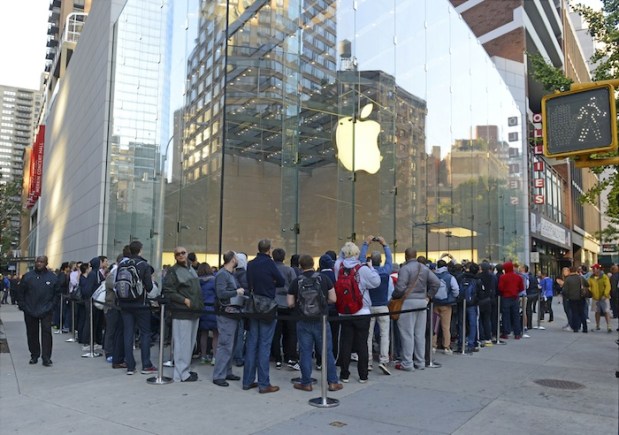How To Keep Your Customers Coming Back

Who doesn’t like it when a customer walks back through that door or buys another item from the website?
But what is it that makes a customer “loyal” to a brand? And how can retailers harness and exploit this trait?
The folks at Internet Retailer took a look at brand loyalty, the importance of customer retention programs and why it’s cheaper to retain an existing customer than market to a new one by surveying hundreds of eCommerce companies and executives.
“Customer loyalty is more important to retailers than ever before, now that a shopper can so easily click to a competitor’s website or find another place to buy with an online search,” according to the survey. “What hasn’t changed is that the cost of acquiring a new customer remains far more expensive than keeping an existing one. Yet, according to Adobe’s 2014 Loyal Shopper’s Report, retailers were spending 22 percent of their budget on retention marketing — far less than the amount they dedicated to customer acquisition, even though existing customers drove 41 percent of revenue. It’s safe to say that, historically, customer retention programs haven’t exactly been top of mind for retail marketers.”
The survey, sponsored by Windsor Circle, a customer retention platform provider, surveyed 281 retail executives of companies “across myriad industries and of various sizes” to see what they did to retain customers.
“As the cost of acquiring new customers has risen, retailers are shifting their focus to keeping the ones they have,” said Andrew Pearson, Windsor Circle’s vice president of marketing.
The survey found that 55 percent of respondents were seeing retention rates below 20 percent (customers that have purchased at least three times from the company’s eCommerce site), which was an 8 percent drop from the previous year.
Small businesses had the weakest results in the survey, with only 61 percent of those retailers seeing retention rates below 20 percent.
“There’s a reality for smaller businesses that, in the early years, it’s important to have an acquisition focus, so you wouldn’t expect small retailers to have really high retention rates,” according to Pearson.
Pearson believes, however, that the small companies that became successful and grew, such as Zappos.com and Bonobos, placed a “significant” focus on retaining their existing customers early on.
“That really paid off in their long-term business models,” Pearson said. “Seeds of future success are often planted in the early stage of a business.”
When it came to medium-sized businesses, 47 percent of those respondents reported retention rates below 20 percent, 21 percent reported retention rates of 21–50 percent and 15 percent said they had retention rates above 50 percent (17 percent responded that they did not know their customer retention rates).
More than half of large retailers (those that made more than $25 million a year in online sales) surveyed — 51 percent — were seeing retention rates below 20 percent.
“Larger organizations are recognizing the value and importance of retention, and they’re planning for it, they’re budgeting for it, they’re implementing it,” Pearson says. “But they also tend to have more resources available to them and a degree of sophistication that may be lacking in small and medium businesses.”
Large retailers made up 27 percent of the overall survey but amounted to 34 percent of the retailers that did not know their retention rate.
“There is a common gap among many eCommerce businesses that retention rates have not been a primary metric marketers are tracking, and often, they haven’t been taught to track it,” according to Pearson. “And because there are barriers to calculating this key metric, what’s happening is they’re making decisions based on other metrics that may not be as critical to long-term success. Retailers need clarity into retention rate metrics and related insights and implement tools and best practices that drive long-term revenue and profitability.”
But many retailers are starting to recognize the importance of customer retention and devoting more resources and dollars to it.
In 2015, 38 percent of respondents said they were allocating more than 30 percent of their marketing budget to customer retention efforts, but that number rose to 59 percent of retailers surveyed this year.
As the amount of new online customers shrinks (because there’s only ever going to be so many in the first place), Pearson believes that retailers need to get used to the new reality that it’s better to retain an existing customer than go hunting for a new one.
“Macquarie Research reported that Amazon has already captured about 23 percent of retail sales and an estimated 51 percent of all eCommerce orders in the U.S. Additionally, more big boxes are entering the eCommerce fray, so the landscape is filling up,” Pearson said. “So, a lot of retailers need to spend more on retaining their customers because it’s too expensive and frankly unprofitable to keep dumping money into acquisition.”
